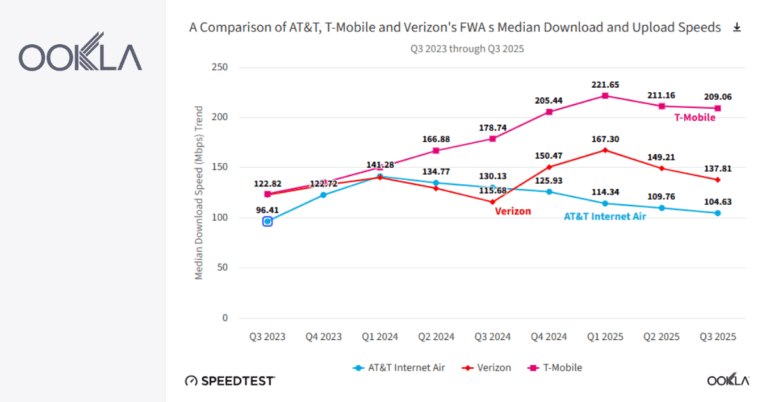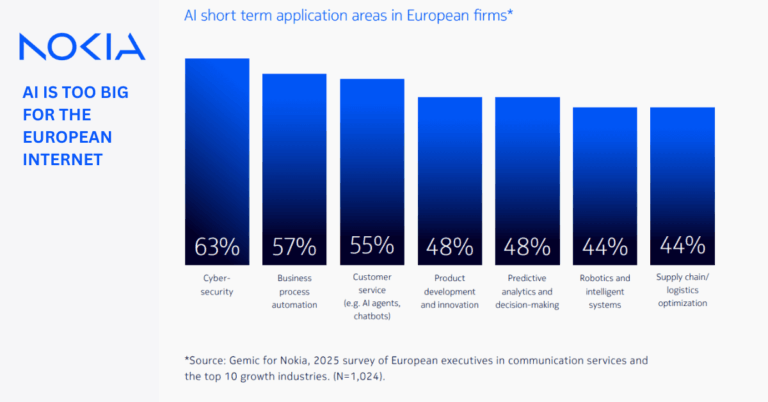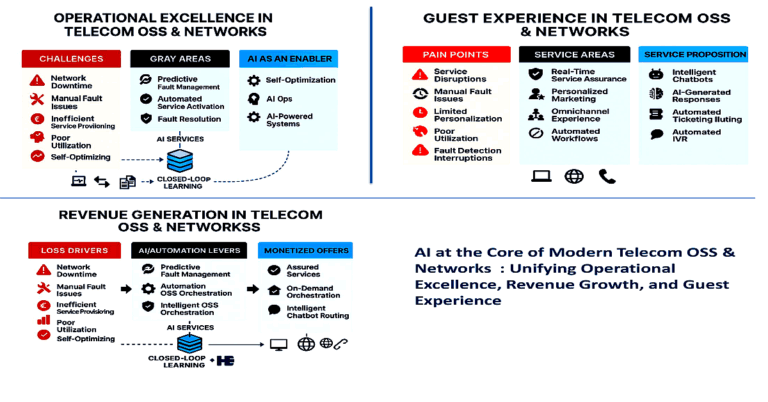Comcast’s ‘NOW’ Program: Redefining Prepaid Connectivity and Streaming Services
In response to a growing consumer demand for more economical and flexible connectivity solutions, Comcast has introduced its ‘NOW’ program, aimed at offering comprehensive prepaid options for internet, mobile, and TV streaming. This strategic move coincides with the upcoming cessation of the federal government’s Affordable Connectivity Program (ACP), which provided a monthly subsidy of $30 towards internet services for eligible households.
Detailed Overview of Comcast NOW’s Prepaid Services
Comcast’s NOW program is tailored to cater to various consumer needs through its segmented services, which include:
- NOW Internet: This service provides two prepaid internet speed tiers—100 Mbps at $30 per month and 200 Mbps at $45 per month. Both plans come with unlimited data and an Xfinity-supplied gateway, representing a significant enhancement from Comcast’s initial 3 Mbit/s offering in the prepaid arena. This evolution in service reflects Comcast’s commitment to improving internet accessibility and affordability.
- NOW Mobile: Priced competitively at $25 per line per month, NOW Mobile offers unlimited 5G data, talk, and text, integrating over 23 million Xfinity Wi-Fi hotspots. This service is exclusively available to Comcast broadband customers, a strategic decision that leverages Comcast’s existing infrastructure but may limit its appeal compared to standalone services like Visible’s $25 plan, which imposes no such requirements.
- NOW TV: For $20 per month, this streaming service provides Xfinity Internet customers with access to live and on-demand content from more than 40 networks, including several ad-supported streaming channels and Peacock Premium. Launched prior to the full rollout of NOW, the service supports various devices and platforms, enhancing its accessibility and convenience for users.
- NOW WiFi Pass: At $20 for 30 days, users gain unlimited access to Comcast’s extensive network of Wi-Fi hotspots, promoting enhanced connectivity for on-the-go users in an increasingly mobile world.
Competitive Analysis of the Prepaid Service Market
The launch of Comcast’s NOW program is indicative of a larger trend in the telecommunications industry towards flexible, cost-effective service offerings. Charter Communications, a key competitor, has similarly expanded its low-cost service portfolio with offerings like Spectrum TV Stream and Spectrum Stream Latino, highlighting the competitive pressure to innovate within the sector.
However, Comcast’s strategy to require a broadband subscription for its NOW Mobile service could be a double-edged sword. While it promotes the company’s broadband services, it also restricts the customer base to those already within Comcast’s ecosystem, potentially alienating a broader audience that seeks more independence in their service choices.
Customer Feedback and Strategic Impact of Comcast NOW
Initial consumer reactions to the NOW program have been mixed. The flexibility and affordability of the plans are generally well-received, particularly the no-contract and no-credit-check aspects which enhance user autonomy. Nevertheless, the requirement for an existing Comcast broadband connection to access NOW Mobile has been a point of contention, limiting the attractiveness of what could otherwise be a highly competitive offer.
Moreover, comparisons with services like Visible, which offers a similar price point without requiring additional service subscriptions, highlight some strategic misalignments in Comcast’s approach, particularly in reaching new, unaffiliated customers.
Future Outlook and Potential Adjustments for Comcast NOW
As Comcast rolls out its NOW program across various markets, its success will likely depend on its ability to adapt to consumer feedback and market conditions. Expanding eligibility for NOW Mobile and potentially decoupling it from mandatory broadband subscriptions could enhance its market appeal and competitive standing.
In conclusion, while Comcast’s NOW program marks a significant step towards more accessible and flexible digital services, its long-term success will hinge on strategic adjustments and responsiveness to consumer preferences in a rapidly evolving digital landscape. The ability to balance innovation with consumer-centric approaches will be crucial as Comcast navigates the challenges and opportunities of this dynamic sector.







































